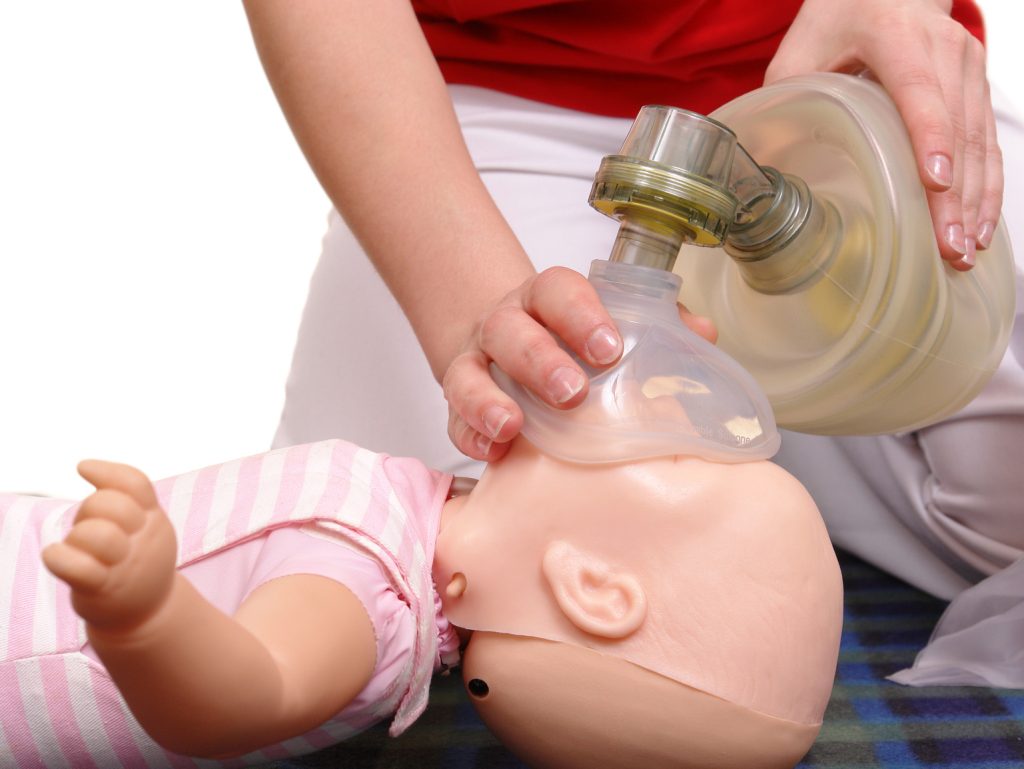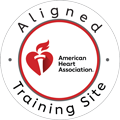What is Basic Airway Management?
Basic Airway Management stands as a cornerstone skill in emergency medicine, defining the essential, non-invasive actions taken to ensure a clear and open path for air to move into and out of the lungs. Simply put, it is the fundamental process of keeping the patient’s breathing passage unobstructed, which is absolutely vital for oxygen delivery to the body and brain. This critical intervention is intrinsically linked to high-quality cardiopulmonary resuscitation, or CPR, and represents one of the earliest and most consequential steps taken in any emergency or resuscitation scenario, forming the initial foundation upon which all subsequent life-saving measures are built. Without effective airway management, even the most vigorous attempts at CPR will inevitably fail to sustain life.

What is the First Step in Airway Management?
The first step in effective airway management is always a rapid and accurate initial assessment of the patient. A rescuer must quickly check for responsiveness, look for signs of a foreign body or other airway obstruction, and ensure the patient is positioned correctly for intervention. This initial phase dictates the immediate path of action and is followed swiftly by the single most common and effective technique: the head-tilt, chin-lift maneuver. This maneuver is performed by gently tilting the head back and lifting the chin forward to displace the tongue from the back of the throat, which is the most frequent cause of obstruction in an unconscious person. Emphasizing this simple, non-invasive head-tilt, chin-lift maneuver as the critical first step highlights its power in restoring airflow before any advanced interventions become necessary.
Indications for Basic Airway Management
Basic Airway Management is indicated across a range of severe clinical presentations where a patient’s natural protective reflexes are compromised, making them unable to maintain their own breathing passage. Knowing precisely when to deploy these critical skills is paramount for any rescuer, whether they are a layperson trained in CPR or a seasoned healthcare provider.
When is Basic Airway Management Needed?
It is required immediately for any unconscious patient where the airway is clearly or potentially obstructed, as well as for individuals experiencing decreased consciousness stemming from severe trauma, an acute stroke, or cardiac arrest. In all CPR and resuscitation scenarios, securing the airway is a concurrent priority to chest compressions. For example, consider a patient who has suffered a traumatic fall and is unresponsive; their decreased level of consciousness means their pharyngeal muscles are relaxed, allowing the tongue to fall back and block the airway. Similarly, during the initial moments of cardiac arrest, establishing effective airflow is just as crucial as initiating chest compressions to prevent rapid hypoxia and preserve brain function. These case-based examples showcase the immediate, life-saving context of these fundamental airway management skills.
Common Tools and Techniques Used
When performing basic airway management, healthcare providers and trained laypeople rely on a combination of manual maneuvers and simple mechanical tools known as adjuncts.
Manual Maneuvers
The manual maneuvers are the initial, non-equipment-based techniques, including the widely used head-tilt/chin-lift and the jaw thrust, which is typically reserved for patients with suspected spinal trauma.
Call Us Now
Get the Best CPR Class in Tampa Today!
Adjuncts
Beyond these manual interventions, various basic adjuncts serve to physically keep the tongue from obstructing the throat. These tools include the oropharyngeal airway, or OPA, a curved device inserted into the mouth to hold the tongue away from the posterior pharynx, and the nasopharyngeal airway, or NPA, a soft tube inserted through the nose, which is often better tolerated in semi-conscious patients.
Role of BVM (Bag-Valve-Mask)
Furthermore, the Bag-Valve-Mask, or BVM, plays a crucial role in providing controlled positive-pressure ventilation when the patient is not breathing adequately, acting as a bridge from basic skills to more advanced support, and represents the final component of mechanical assistance in basic management.
The Importance of Airway Management
Why Airway Management Saves Lives
The importance of airway management cannot be overstated, as it is fundamentally intertwined with the patient’s immediate survival. Why airway management saves lives is simple: oxygen delivery equals survival. If the airway is not open and clear, oxygen cannot reach the lungs, rendering even perfectly executed chest compressions ineffective because the blood being circulated contains no life-sustaining gas. By preventing hypoxia, which is a dangerous lack of oxygen, we directly prevent secondary damage, particularly to the brain, which is extremely sensitive to oxygen deprivation. This early recognition of an airway problem and prompt intervention is critical, as every moment lost increases the risk of irreversible injury, stressing that early action dramatically improves overall patient outcomes.
Airway Management in CPR
The critical role of airway management in CPR highlights its foundational value. Maintaining an open airway is what allows for effective rescue breaths to be delivered, ensuring the lungs are oxygenated. This process works synergistically with high-quality chest compressions. By securing the airway, we improve the effectiveness of chest compressions because we guarantee that the circulating blood is adequately saturated with oxygen, thereby maximizing the chance of successful resuscitation. The ability to manage the airway effectively is what ties the circulation component of CPR to the breathing component, ensuring that all elements of the life support process are working toward the same goal: restoring life.
The ABC of Airway Management
To systematize this complex sequence of actions in an emergency, professionals rely on the universally recognized ABC framework, though the sequence often starts with Circulation (C) in modern CPR protocols. Regardless of the exact sequence, the concepts remain foundational to effective resuscitation.
Airway (A)
The Airway (A) section dictates that the priority is to clear and secure the airway, which involves using the basic maneuvers like the chin lift, performing manual suction if fluids are present, and inserting necessary airway adjuncts.
Breathing (B)
Next, the Breathing (B) component focuses on ensuring the patient has adequate ventilation, which may require giving measured rescue breaths or utilizing the BVM to deliver controlled oxygenation.
Circulation (C)
Finally, Circulation (C) addresses the core problem of cardiac arrest, underscoring the importance of continuous, high-quality circulation alongside effective airway and breathing support. This is how CPR seamlessly integrates all three components—Airway, Breathing, and Circulation—into one holistic, coordinated response designed for real-world emergencies.
FAQs About Basic Airway Management
- What is basic airway management, and why is it important?
Basic airway management refers to the fundamental techniques used to ensure a patient’s airway remains open and clear for adequate breathing. This includes positioning the head and neck properly, using manual maneuvers like the head-tilt chin-lift or jaw-thrust, and employing basic devices such as oropharyngeal or nasopharyngeal airways. It’s critically important because an obstructed airway can lead to oxygen deprivation, brain damage, or death within minutes. Healthcare providers and first responders must master these skills to save lives in emergency situations.
- What are the most common basic airway management techniques?
The most common techniques include the head-tilt chin-lift maneuver for patients without suspected spinal injury, and the jaw-thrust maneuver for trauma patients. Suctioning is used to remove secretions, blood, or vomit from the airway. Basic adjunct devices like oropharyngeal airways (OPAs) help keep the tongue from blocking the airway in unconscious patients, while nasopharyngeal airways (NPAs) can be used in semi-conscious patients. Bag-valve-mask ventilation is also a cornerstone skill for providing positive pressure ventilation when a patient cannot breathe adequately on their own.
- Who should learn basic airway management skills?
Basic airway management skills are essential for all healthcare providers, including doctors, nurses, paramedics, EMTs, and respiratory therapists. However, these skills are also valuable for anyone who may encounter medical emergencies, such as lifeguards, firefighters, police officers, and workplace first responders. Even laypersons taking CPR and First Aid courses learn simplified airway management concepts, as maintaining an open airway is a critical component of effective cardiopulmonary resuscitation.
- How often should healthcare providers refresh their airway management training?
Healthcare providers should refresh their airway management skills regularly through certification renewal courses. BLS for Healthcare Providers certification, which includes airway management techniques, requires renewal every two years. However, many medical facilities encourage more frequent hands-on practice and simulation training to maintain proficiency. Regular skills practice ensures providers can perform these life-saving techniques confidently and competently during high-stress emergency situations when every second counts.
Call to Action
Ready to master life-saving airway management skills? Enroll in CPR certification in Tampa today! CPR Classes Tampa offers American Heart Association BLS for Healthcare Providers courses that cover essential airway management techniques in a stress-free, hands-on environment. Our expert instructors ensure you gain the confidence and competence needed for real-world emergencies. Don’t wait—sign up for BLS classes in Tampa and become certified to save lives. Visit CPR Classes Tampa now to find your next class!


